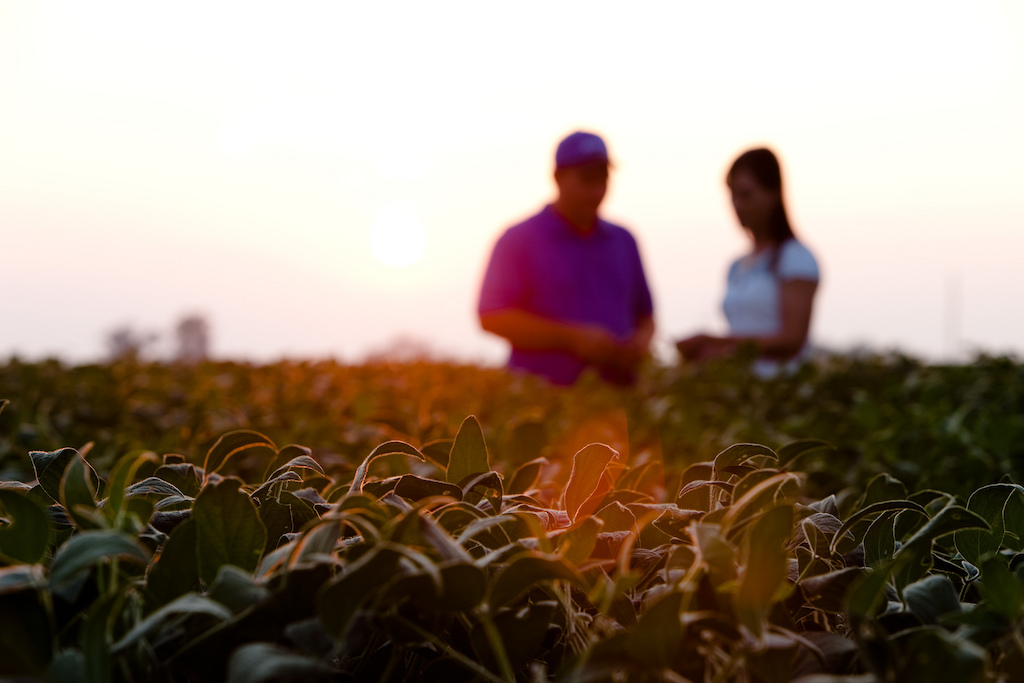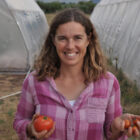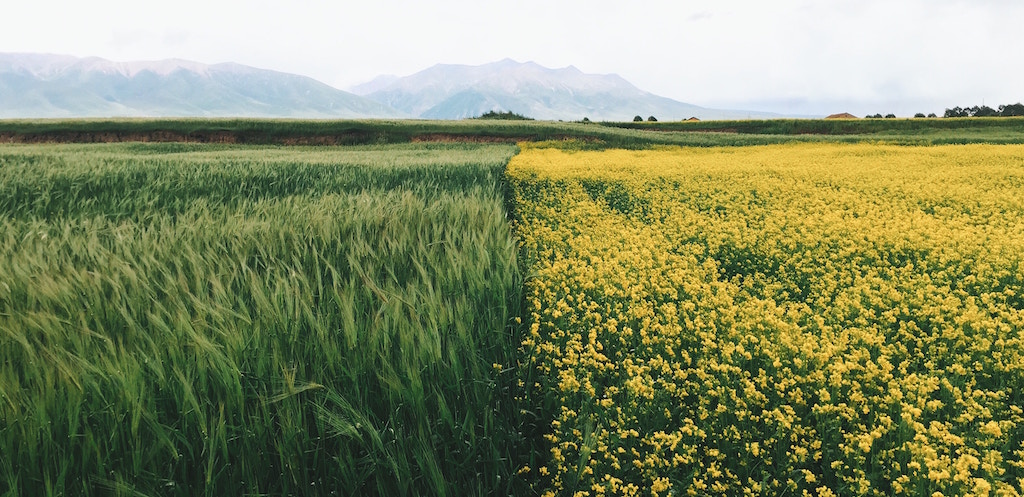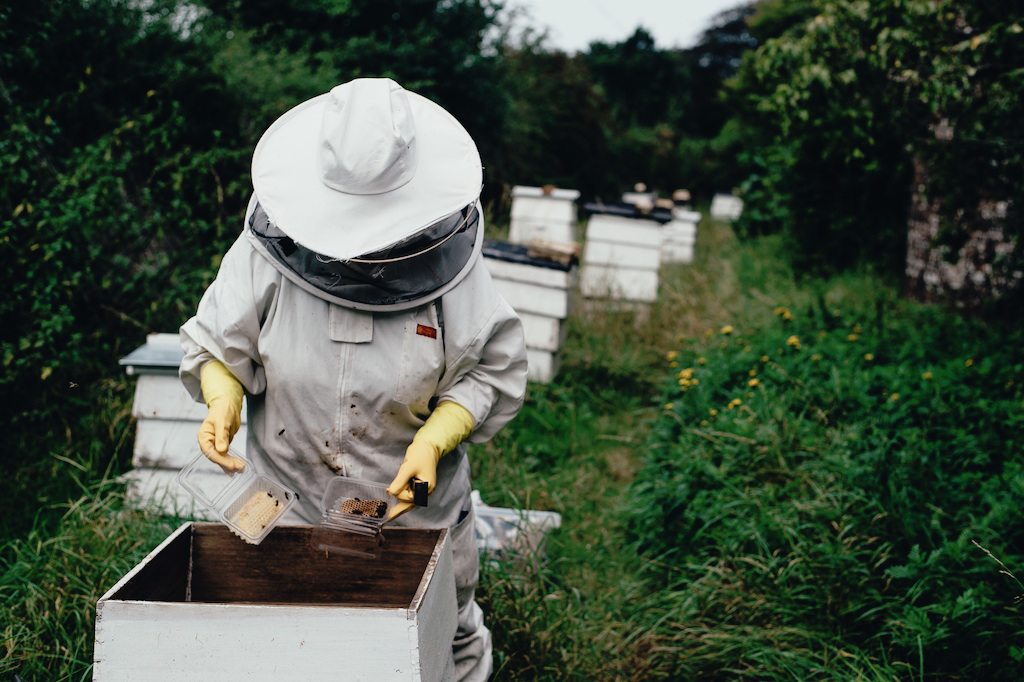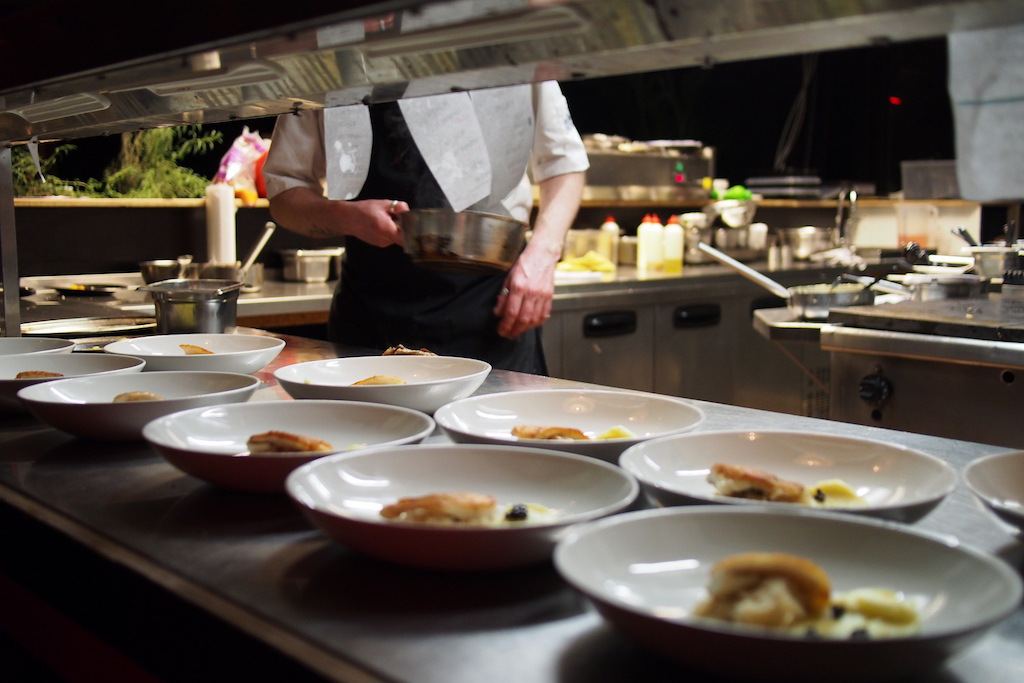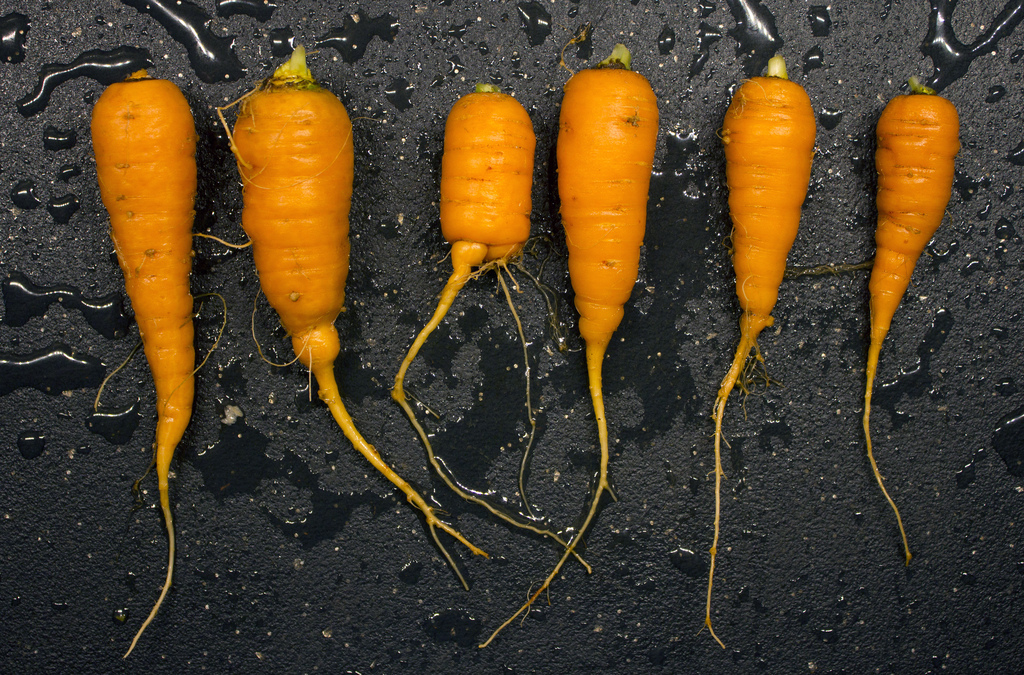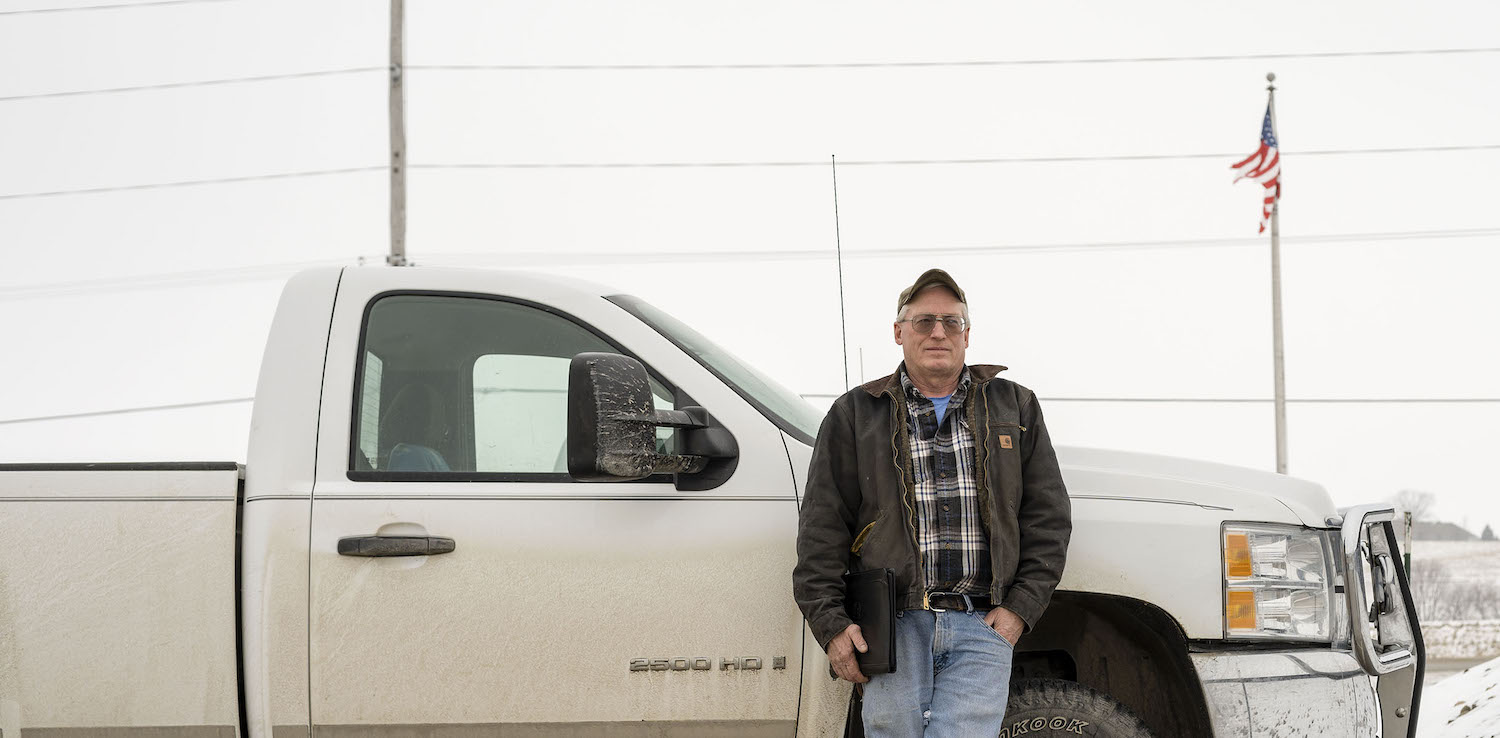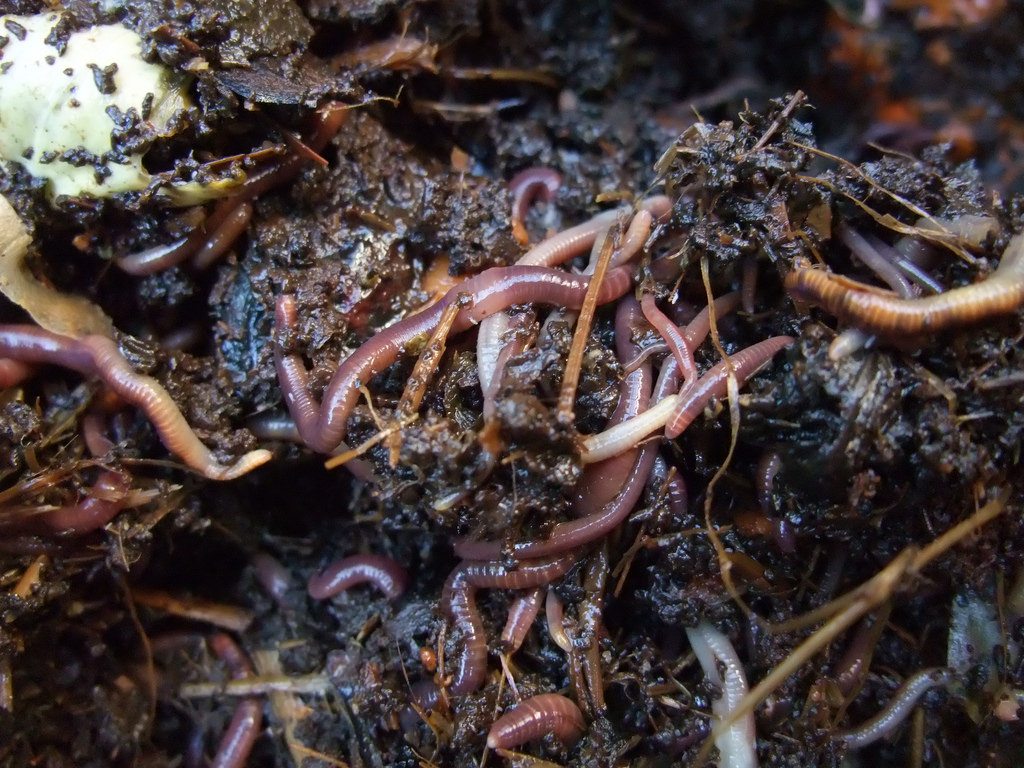Editor’s note: The response from our readers to Nathan Rosenberg and Clay H. East’s March 20 commentary debunking the rise of the young farmer myth has been just the way we like it: multi-layered, rousing, and savvy as all get out. We consider it a reflection of the rich human and natural landscape we’re so fortunate to cover and are pleased to publish this op-ed response to their piece from a Colorado farmer. The authors address her criticisms here.
As a young, educated, female farmer who quit her “big city” job to grow vegetables, I took offense to Nathan Rosenberg and Clay East’s New Food Economy commentary debunking the rise of young, minority, and female farmers. After all, I am part of the movement they said “didn’t exist,” and I’ve met and communicated with thousands of other farmers who are, too.
After initially questioning both their reliance on USDA’s 2012 agricultural census data and their interpretation of the National Young Farmers Coalition (NYFC) census, I realized that I actually agree with their conclusions, if not their analysis. I agree that larger-scale, conventional farmers are primarily white and male and receive the bulk of government subsidies. I also agree that agricultural policy favors wealthy producers with current landholdings. Most importantly, I concur with Rosenberg and East’s concluding sentence, that if nothing changes, “Full-time farming will be for those who are born into it, those who can buy their way into it, and almost no one else.”
Where we disagree is whether or not this modern-day “back to the land” movement currently exists and at what scale it is occurring. There is ample evidence to support that it does, including the rapid rise of farmers’ markets, CSAs, farmer-owned cooperative distribution, farmer training groups, and the rise of the NYFC itself, a vibrant and growing advocacy group.
Conventional production, in general, is based on agribusiness control, consolidation, and distribution of monoculture and industrial livestock production. And yes, often the next generation of land-owning white males are in the position to take over these ever-expanding operations. There are powerful socioeconomic barriers that exist to keep women and minorities underrepresented in the large-scale monoculture production systems that still dominate American agriculture. The next generation, without connections to land and capital, are much more represented in small-scale, diversified, low-input farming methods, including local and organic, and are typically engaged in direct marketing.
And, as Rosenberg and East point out, large-scale farms do get a disproportionate percentage of government subsidies, but they are also disproportionately represented in USDA agricultural census data. To reverse this trend, we need income caps for receiving subsidies and increased support for the type of farming that is accessible and appealing to landless farmers: low-input, organic, diversified production—ultimately resulting in access to fresher and healthier food for all of us.
It has taken me a decade, while working full-time off the farm, to secure farmland and build a viable agricultural business. How many young farmers are in this process now? How many will succeed if policies don’t change? A lot has happened since the 2012 census, and that is reflected in the more recent Washington Post and New York Times articles Rosenberg and East criticize.
While the NYFC acknowledges that it is not a representative survey (it is a survey of their members), a few of Rosenberg and East’s arguments demonstrate their misinterpretation of the data. They cite the over-representation of flower and vegetable sales as a reason that the NYFC survey data are suspect. However, specialty crop production is a hallmark of diversified operations on small plots of land that sell directly to consumers. Very few farms sell only flowers, but flower sales are often part of making money while attracting pollinators and natural predators on diversified farms.
In the 1970s, the average price of farmland was a few hundred dollars an acre. Now, this same farmland is thousands per acre, and the land that direct marketers want to access (close to consumers) can be tens to hundreds of thousands per acre. If every capable young farmer who wanted to farm was provided long-term access to the land she needed to succeed, the face of the American farmer would shift overnight. And why wouldn’t we support this effort? Beginning and minority farmers are statistically more likely to use organic production methods in diversified operations, offering their communities the best local food.
Making a living farming should be attainable for anyone who wants to do so, regardless of age, race, gender, or wealth. Part of living in a “free country” is the ability to “pursue happiness,” which turns out for many is a call to farm. Still, the “right to farm” remains largely in the hands of wealthy, mostly white, men. And that has become a problem for everyone who wants to eat organic food.
